Retro Replay Review
Gameplay
The Dark Convergence II retains the intimate, puzzle-driven gameplay that defined its predecessor, while streamlining controls and refining the interface to keep players immersed in its unsettling world. You’ll wander through rain-slicked alleys, half-lit psychiatric wards, and abandoned mansions, scavenging for clues and tools that help you navigate the horrors that arise from your fractured psyche. Inventory management remains deliberately minimalistic—every item feels precious and every choice carries weight.
(HEY YOU!! We hope you enjoy! We try not to run ads. So basically, this is a very expensive hobby running this site. Please consider joining us for updates, forums, and more. Network w/ us to make some cash or friends while retro gaming, and you can win some free retro games for posting. Okay, carry on 👍)
Puzzle design in this sequel builds on familiar tropes but introduces multi-step challenges that force you to piece together scattered audio logs, torn documents, and cryptic symbols. These trials maintain the series’ signature tension, as failure can trigger a sudden jump scare or a descent into a harrowing hallucination. Despite its reliance on the same engine, the game manages to surprise by blending environmental puzzles with stealth sections, requiring you to hide from beasts born of your own nightmares.
Combat remains sparse and tense, emphasizing evasion and resourcefulness over direct confrontation. Ammunition is scarce, and melee options are limited to improvised weapons that break under stress, reinforcing the feeling of vulnerability. A new sanity meter occasionally blurs your vision, distorts sounds, and forces you to make desperate decisions—choices that can affect dialogue outcomes and even the ending you experience.
Graphics
Graphically, The Dark Convergence II feels like a polished extension of the first game’s gritty, photorealistic aesthetic. The developers have reworked texture maps to enhance the weathered surfaces of crumbling buildings, and the flickering lamplight now casts deeper, more dynamic shadows that heighten the sense of dread. While the overall engine remains unchanged, clever use of post-processing effects—such as subtle film grain and chromatic aberration—amplifies the game’s uncanny mood.
Character models have been subtly improved, with more detailed facial animations that convey the protagonist’s growing paranoia and emotional fragility. Enemies are equally immersive: grotesque apparitions hover at the edges of your vision, and their contorted forms reflect your character’s lingering trauma. Even in largely static environments, small details—like dripping pipes, rusted chains, and flickering monitors—create a living backdrop that keeps you on edge.
Performance is generally stable on modern hardware, though you may notice occasional frame dips in outdoor sequences during heavy rainfall or fog. Draw-distance pop-in is rare but can be noticeable when entering large courtyards or multi-level interiors. Overall, the graphical enhancements serve the horror narrative well, turning every shadowy corner into a source of dread rather than a mere visual flourish.
Story
The narrative of The Dark Convergence II picks up in the aftermath of its predecessor’s harrowing finale, thrusting players into the worn shoes of a protagonist who has lost more than just his mind. His days as a bumsurviving on scraps in dimly lit streets are punctuated by flashbacks to the previous nightmarish ordeal, making him q constantly question what’s real and what’s a byproduct of his fractured sanity. The introduction of a mysterious psychiatrist—who may hold the key to unlocking your past—adds a compelling new dimension to the story.
As you uncover hidden journals, decipher haunting visions, and piece together a web of conspiracies, the plot gradually reveals that the original horrors were only a prelude to a deeper, more insidious threat. The writing excels at balancing psychological tension with moments of genuine shock, delivering revelations at a steady pace without resorting to melodrama. Side characters—ranging from fellow asylum survivors to clandestine researchers—each contribute fragments of the truth, making every conversation feel vital to your journey.
The game’s ending branches based on critical decisions made during key sanity checks and moral dilemmas, ensuring that your experience remains personal and replayable. Whether you choose to embrace the darkness that plagues your mind or fight for clarity and redemption, the narrative stakes never feel artificial. In weaving together threads from the original title and forging new, unsettling paths, The Dark Convergence II tells a story that is both familiar to fans and fresh enough to stand on its own.
Overall Experience
The Dark Convergence II is a masterclass in atmospheric horror that offers a cohesive blend of exploration, puzzle-solving, and psychological intrigue. Fans of the original will appreciate the familiar engine and mechanics, while newcomers will find themselves drawn into a world that rewards careful observation and unravels its mysteries at a deliberate, engrossing pace. Its measured difficulty and scarcity of resources create a palpable sense of vulnerability that few games in the genre can match.
Despite occasional performance quirks, the game’s moody sound design and evocative score work in tandem with its visuals to maintain a constant state of unease. The pacing can feel slow between major revelations, but these moments allow you to breathe and reflect on the disturbing implications of your discoveries. Ultimately, the deliberate ebb and flow of tension makes each horrifying encounter more meaningful.
For players seeking a haunting journey through the darkest corners of the human mind, The Dark Convergence II delivers on every front. It respects the legacy of its predecessor while refining systems and storytelling techniques to heighten immersion. If you’re prepared to confront your own sanity and embrace a narrative that rewards patience and curiosity, this sequel is a must-have addition to your horror collection.
 Retro Replay Retro Replay gaming reviews, news, emulation, geek stuff and more!
Retro Replay Retro Replay gaming reviews, news, emulation, geek stuff and more!
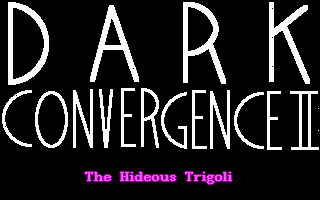
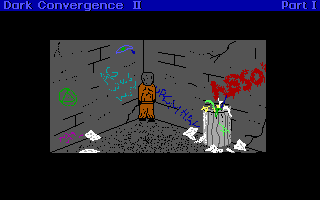
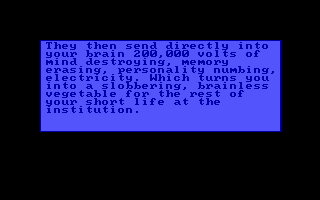
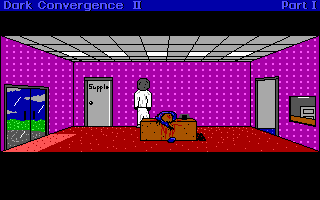
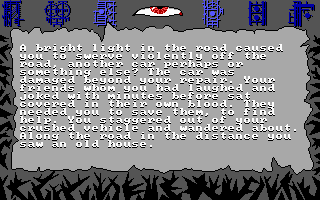



Reviews
There are no reviews yet.